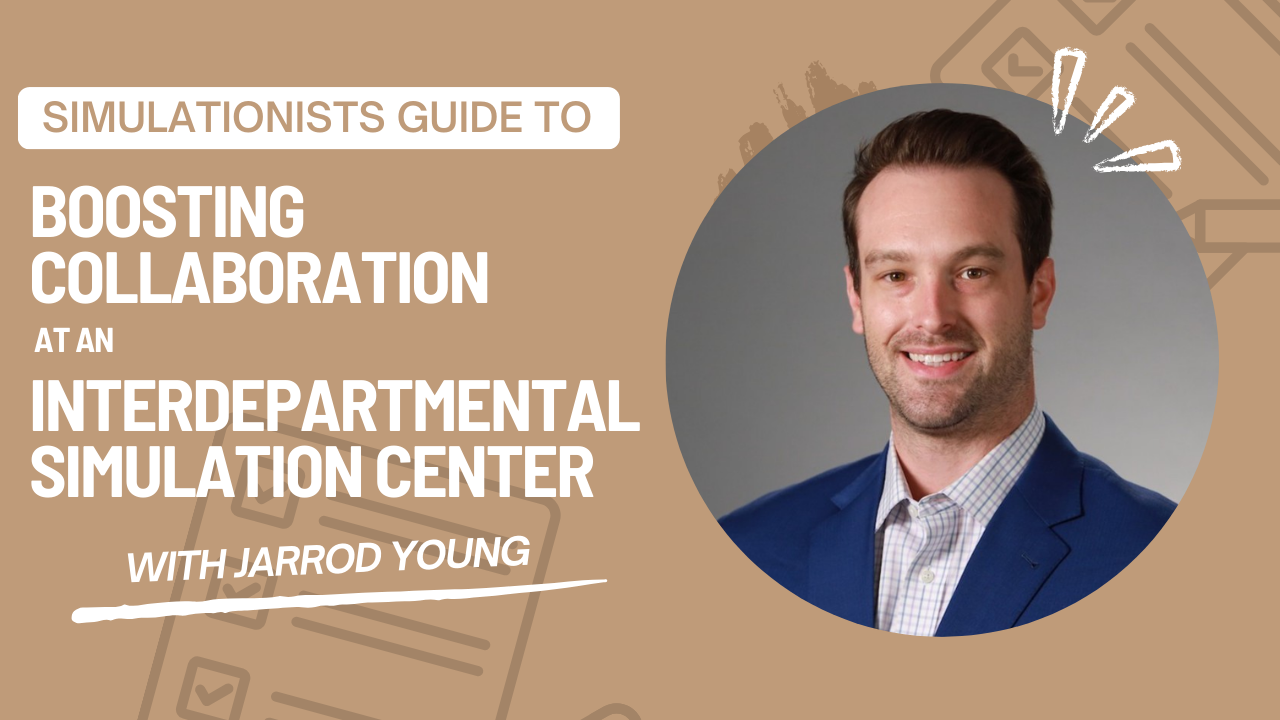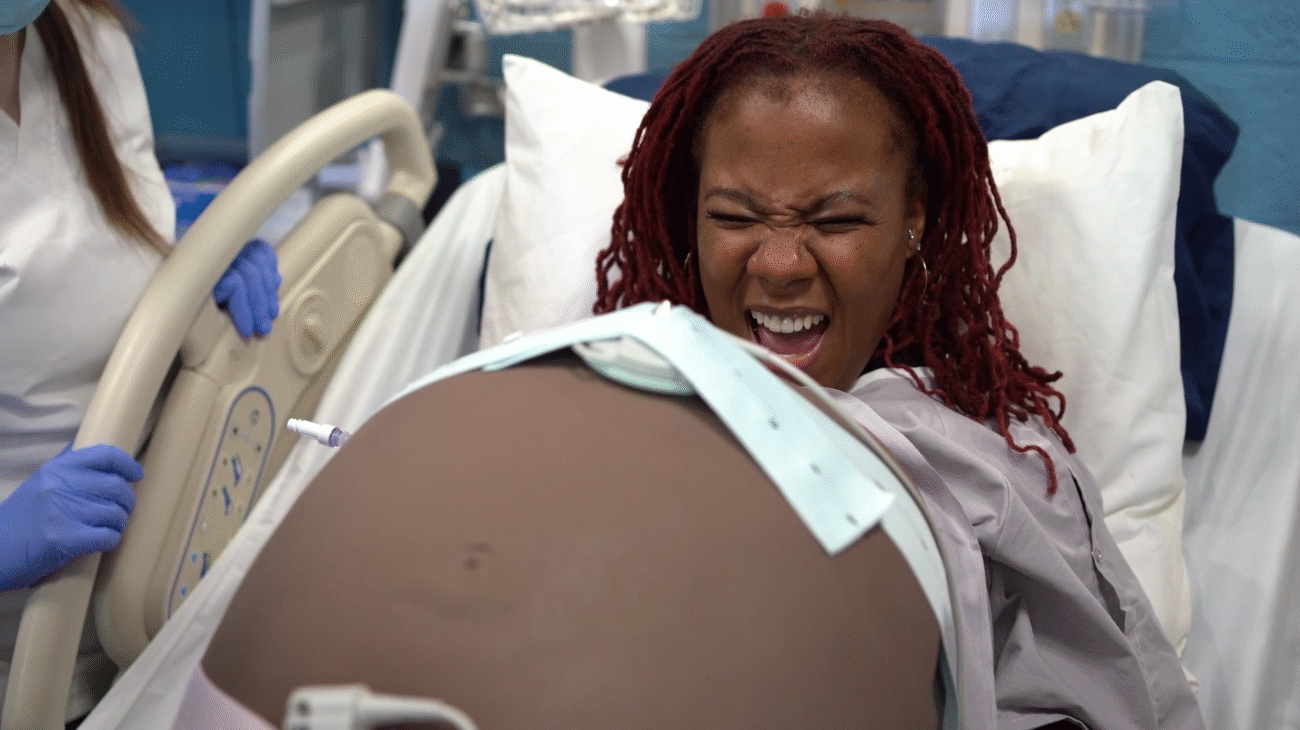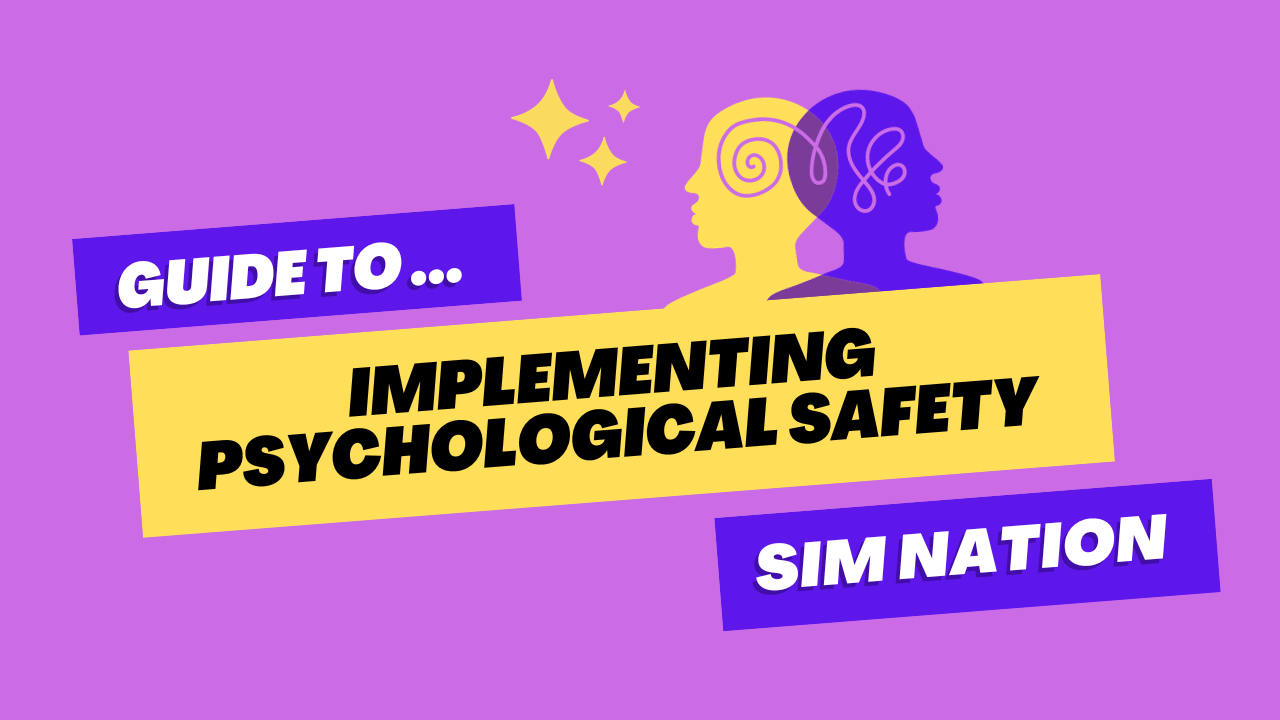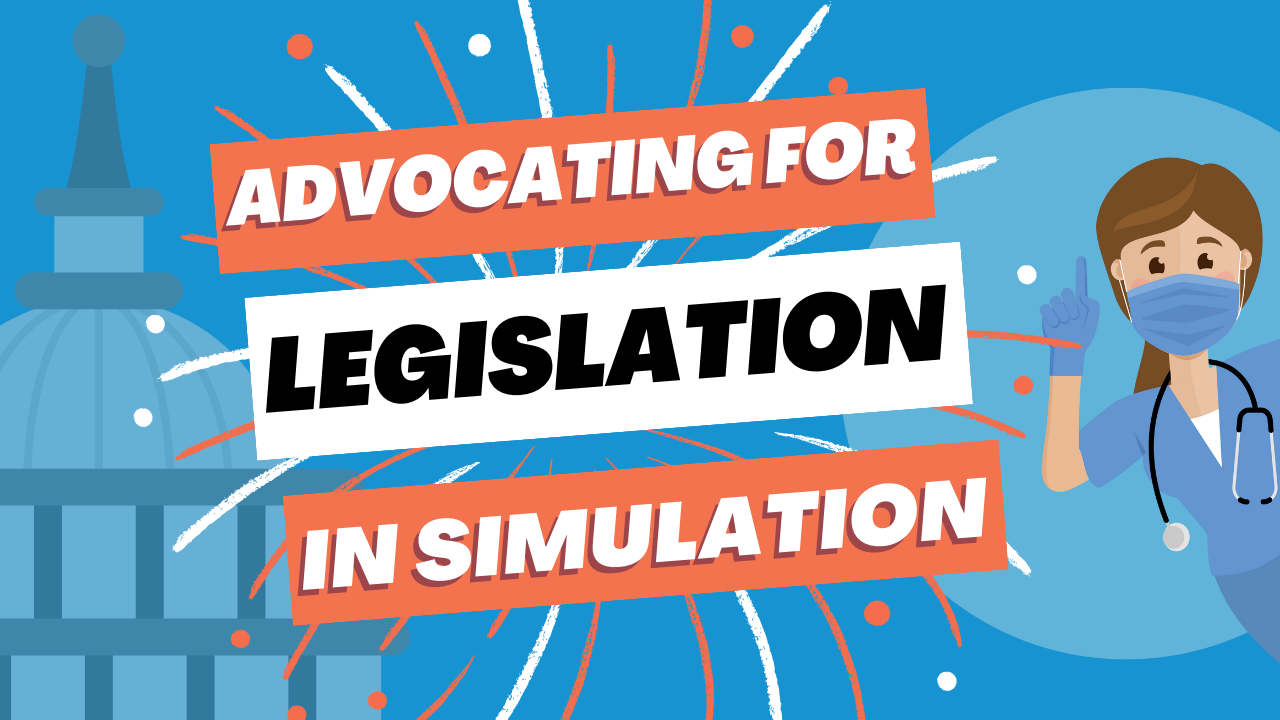Why we give SP feedback in the third person

When teaching on Simulated Participant (SP) Feedback, we are often asked why we teach SPs to give feedback in the third person. An example of using the third person in feedback is starting each comment with “the patient felt…” or “Sarah felt…,” rather than using I-statements. By starting each comment in this manner, it removes any perceived personal feeling or bias. This can lead to some confusion on why we use the third person when the SP is playing the patient and the one experiencing the care. We will dive into this methodology and the top five reasons behind this practice
It levels the playing field.
It can be intimidating to give feedback to medical professionals on their performance in simulation. Third-person feedback reduces the concern that the learner will feel attacked and allow the SP to speak objectively from the perspective of the patient. “I felt offended or upset when the doctor…” can come off as a personal judgment. The job of the simulated participant is to remain neutral while offering the patient’s perspective. This allows the learner to see the interaction through the eyes of the patient, which stimulates reframing and encourages learning.
Removing the personal feelings of the SP is especially important for characters who are more challenging or difficult in the simulation. When I play a college student named Jessie who is frustrated about the care she has received and spends the majority of the simulation discussing their drunken escapades the night before, my instinct is to follow up any negative comment with “but the patient was very difficult.” When that happens, you are removing any impact or validity of the comment. However, if it is how the patient felt, then it is valid and important. We encourage our SPs to break after the simulation, make an introduction to cut the tension, and deliver their feedback, reminding the students that this is coming from how the patient felt during the simulation.
It removes defensive behaviors.
Receiving constructive feedback can be difficult to hear, especially if it is coming from an outside or an alternative perspective. Learners have established a relationship with the patient, not the SP. When feedback is given from the person the learners have established a trusting relationship with, the energy in the room remains open and paves the way for reflective questions and dialogue between the learners and the SP.
It reinforces patient-centered care principles.
When speaking from the patient’s perspective, the simulated participant refocuses the learners on the patient’s perception. It cannot be argued if it is correct or incorrect; it is how the patient felt and that cannot be denied or excused by the learner. There is an industry-wide paradigm shift to a patient-centered care model which is difficult to teach or reinforce with other learning modalities. Every effort must be given to appropriately represent the patient whenever there is an opportunity to do so. Let’s include them as a part of both the care and the education team.
It adds authenticity to the patient.
The patient in the simulation does not reflect the personal opinions or perceptions of the simulated participant. We teach them to embody the gestalt of the patient for realism as well as identifying feedback points unique to this patient’s persona. If speaking in the first person, it would feel unnatural to take ownership of these comments because it is not a personally held belief; the feedback is truly coming from the patient.
An example of this would be when playing a patient that has paranoia, Alex Timsdale. This patient picks up on things that I do not personally identify with. If Alex would hear nurses whispering over at the sink, Alex would think that they were talking about her or plotting some sort of evil. When I play the patient, I am aware that they are not saying bad things about the patient but from her perspective, that is how she would perceive the whispering. When I bring that up in feedback, it would not feel natural to say, “I felt defensive when I heard the nurses whispering at the sink.” But the patient would feel defensive in that situation. So, I can say “Alex felt defensive when she heard whispering at the sink.”
If an SP is truly embodying the patient throughout the simulation, feedback delivered after the simulation is over is actually the patient’s feedback. It reinforces the need to embody the patient that they are representing, rather than go through the simulation regurgitating a memorized script.
It removes personal bias.
The goal of including a simulated participant is not to hear personal views, but to hear how the patient perceived the interaction. It allows you to teach in a manner that is consistent and for your simulated participants to truly understand that their contribution to the debriefing process is from the lens of the patient; not their personal feelings on how care was provided. It allows them to fully submerge themselves into the character they are portraying.
There are many benefits to teaching your simulated participants how to utilize the third person in simulation. It always helps them to fully embody the character in every simulation experience and creates a relaxed environment to deliver feedback. If you are interested in learning more about training and techniques for utilizing simulated participants, book a meeting to learn more about SP consulting opportunities.












